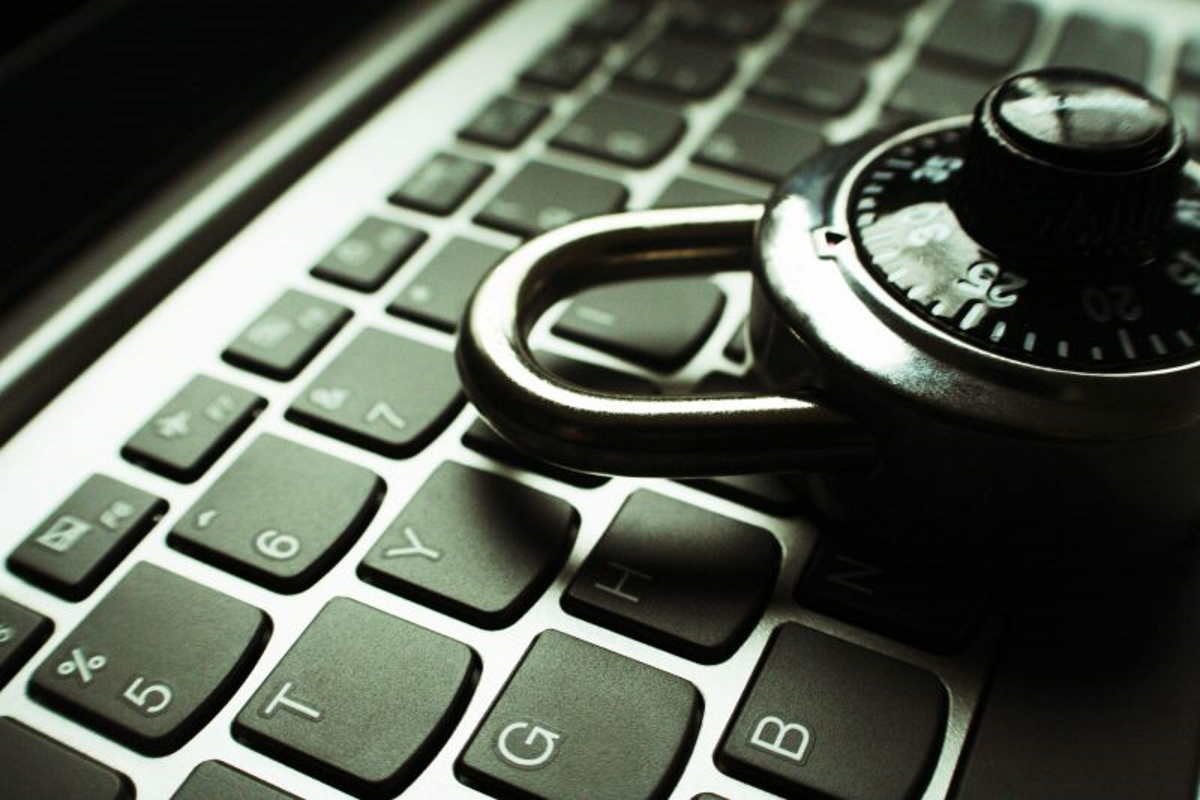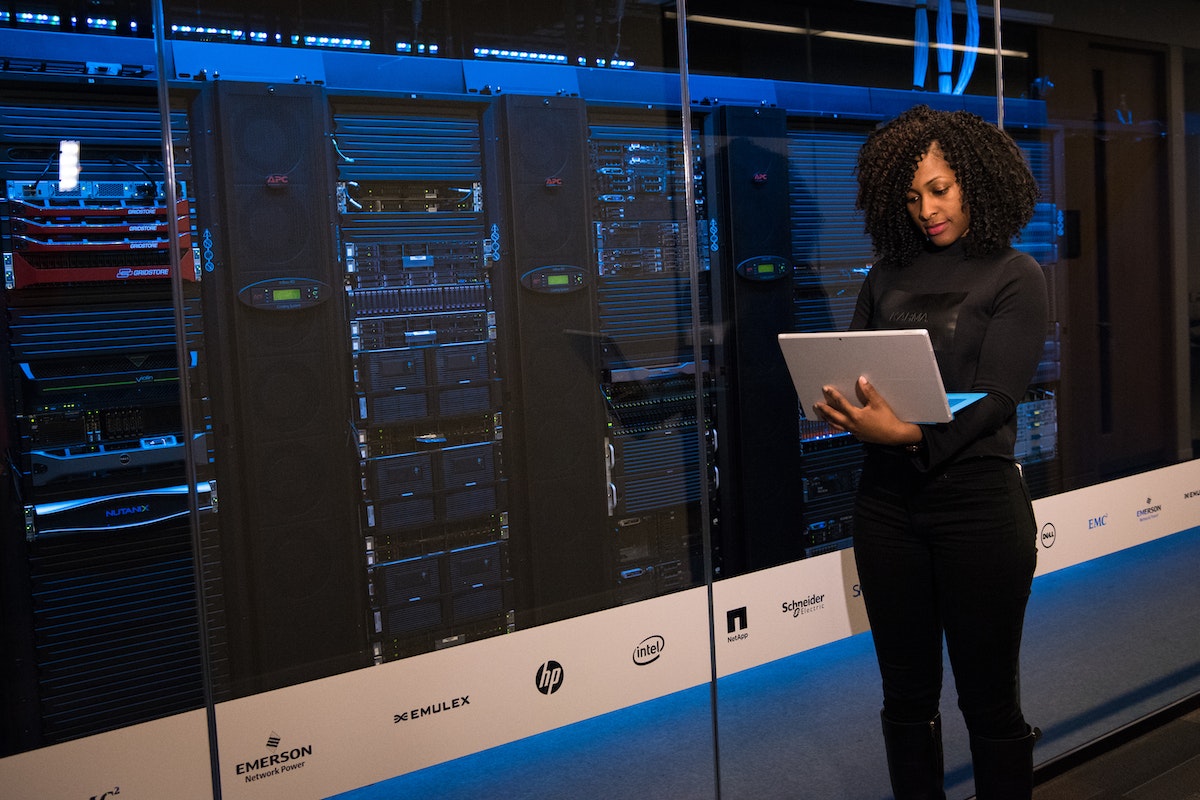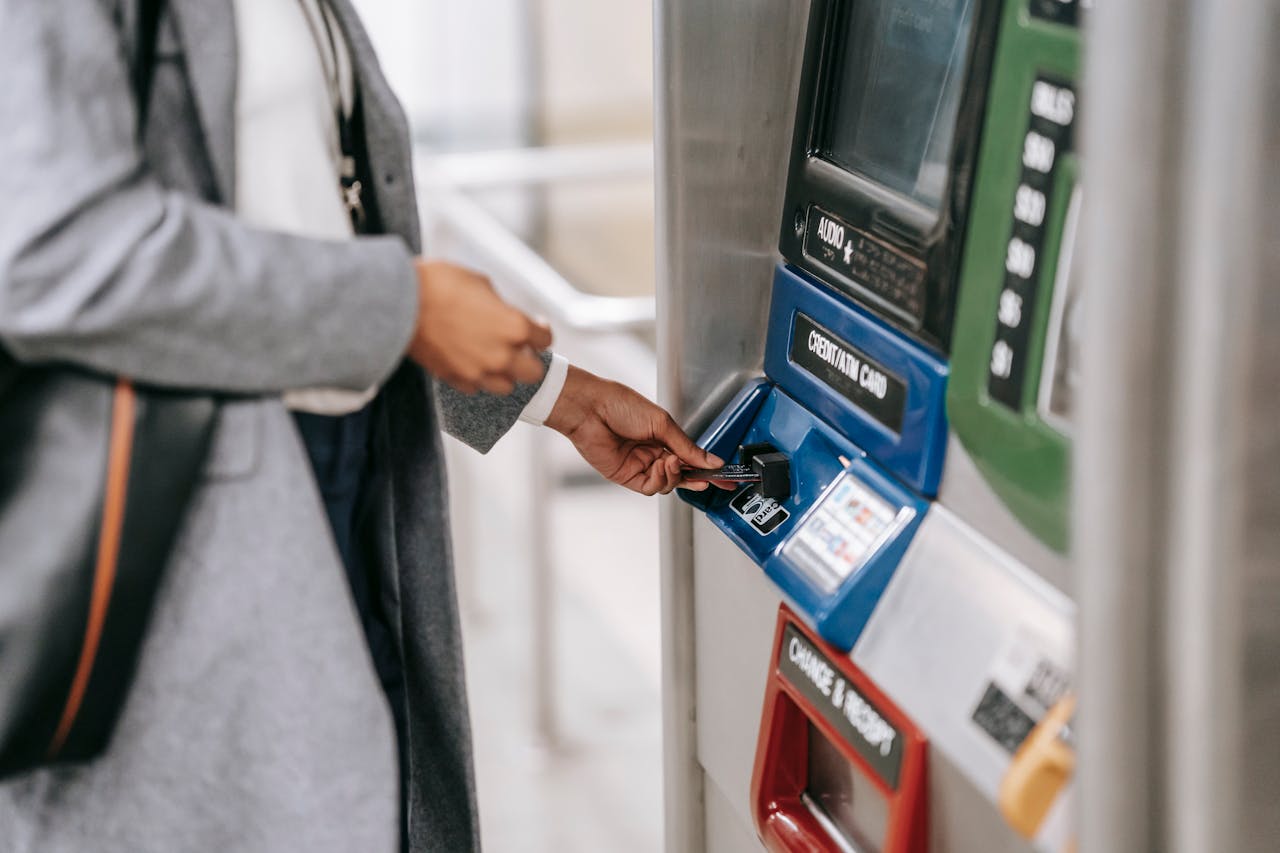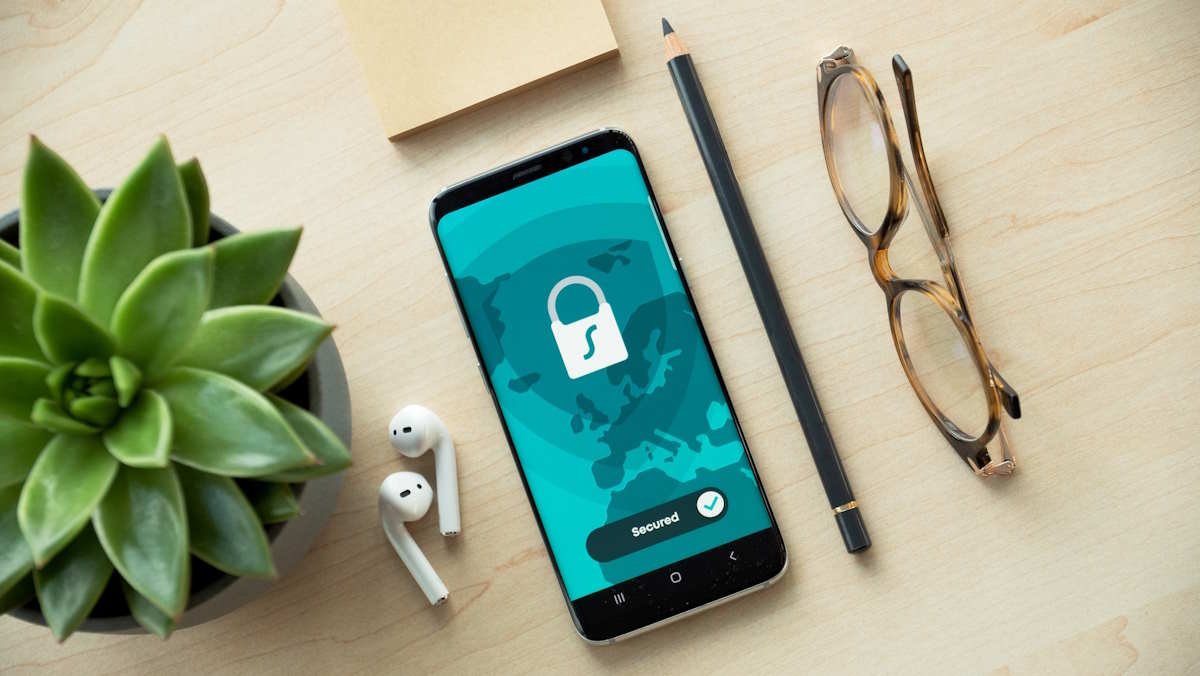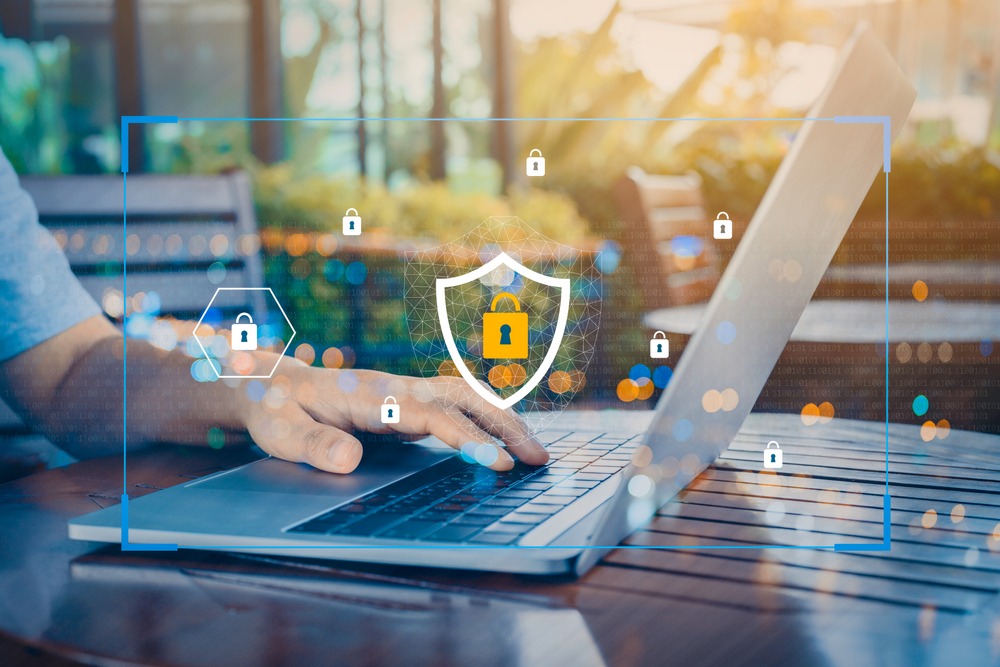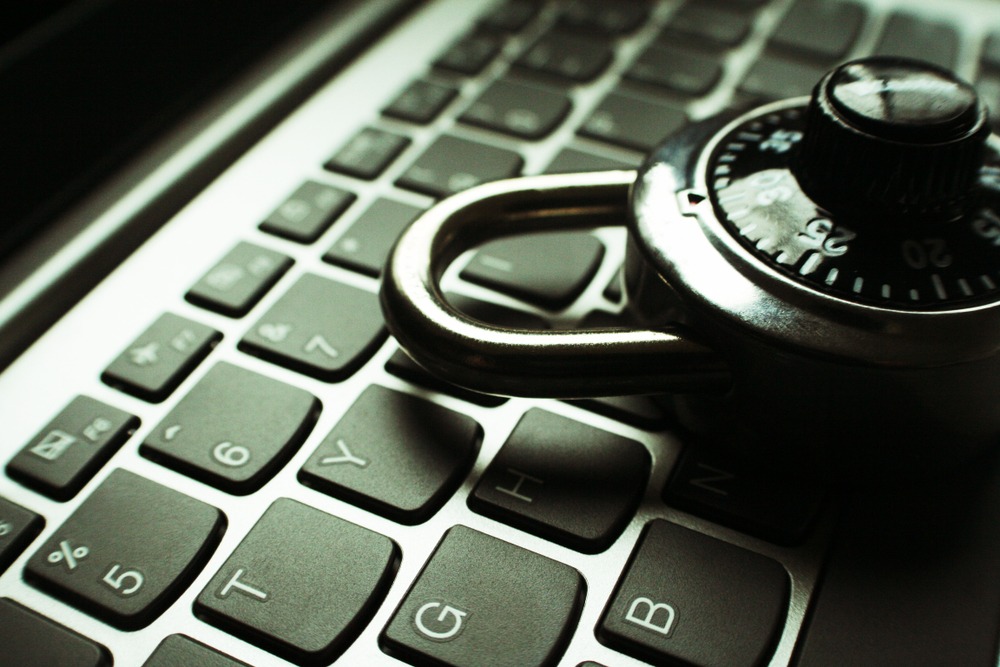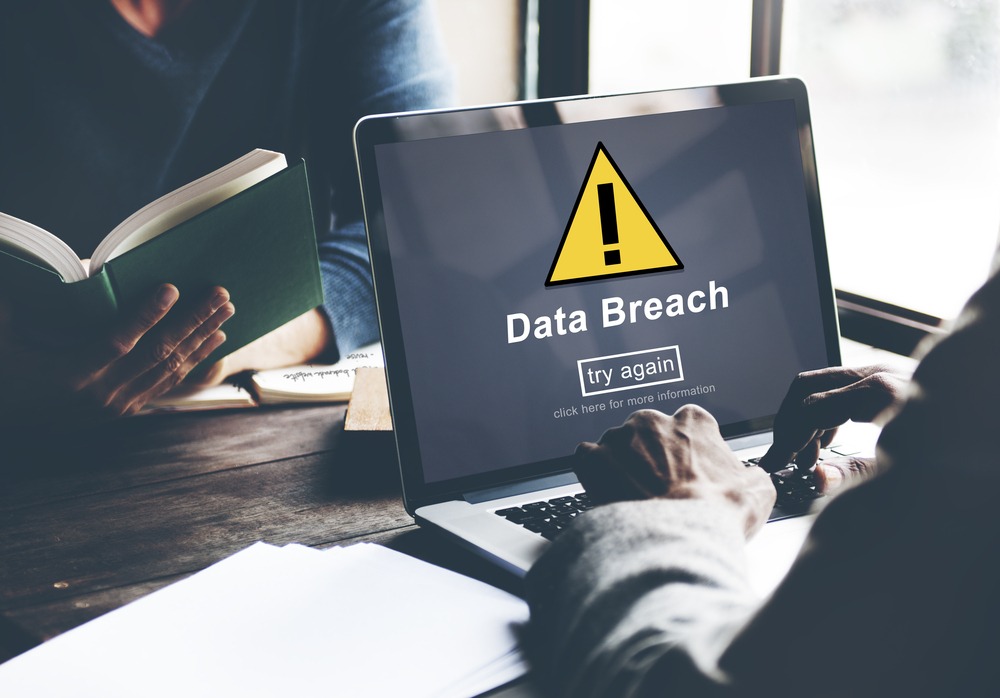It is more crucial than ever to keep up an online presence in the connected, digital world of today. We are becoming more and more reliant on the Internet for both personal and business purposes, so safeguarding your digital identity is critical. Reverse email lookup tools are one of the many effective resources you have at your disposal to increase your digital security. We’ll go over what reverse email lookup tools are, how they operate, and how they can greatly increase your online security in this blog.

Understanding Reverse Email Lookup Tools
Online resources known as “reverse email lookup tools” let you learn details about a person or business only by using their email address. Reverse email lookup operates in the opposite way from typical email lookup services, which allow you to find someone’s email address by using their name or other characteristics. You can find out a lot of information by inputting an email address, including the owner’s name, social media profiles, related phone numbers, physical addresses, and occasionally even their work history.
How Reverse Email Lookup Tools Work
The reverse email lookup tool’s functionality is dependent on sophisticated algorithms and a large database. These programs compile information from a range of sources, such as social media sites, internet directories, public documents, and occasionally the dark web. We will go over how these tools typically operate step-by-step.
Enter Email Address: Begin with entering your email address to get started with a reverse email lookup tool.
Data Analysis: It helps in data collection for cross-referencing for better relevance and accuracy.
Data Aggregation: It helps in searching for vast databases, as well as different online sources for getting the information related to the added email ID.
Detailed Report: Finally, the tool forms a detailed report, such as all the information related to the owner of the provided email address.
Although this process is complicated on the backend, it helps individuals with less technical knowledge to use these tools with efficiency.
Boosting Digital Security via Reverse Email Lookup
Here’s how reverse email lookup can help you boost your digital security with ease:
1. Recognizing Phishing Scams
Phishing is one of the scams that can be quite dangerous in the digital age. Shady emails are a common tool used by cybercriminals to trick recipients into clicking on dangerous links or providing personal information. Using reverse email lookup tools is a crucial first line of defence against these scams. Verifying the sender of an email might help you determine whether it is legitimate or whether it is a potential phishing attempt. To prevent falling victim to fraud, you can avoid answering emails that are associated with well-known con artists or that lack trustworthy information.
2. Protecting your personal data
In an age of identity theft and data breaches, protecting your personal data is crucial. Reverse email lookup tools can help you track where and how your email address is being used. Regular monitoring of your personal email addresses can help you determine if your personal email address has been compromised or is associated with suspicious activity. Being proactive can help you mitigate potential dangers by taking appropriate measures, such as: B. Change your password or contact the appropriate authorities.
3. Finding Internet Fraud
Fraudulent activity is a common problem on dating sites, social networking platforms, and online marketplaces. You can confirm people’s identities utilizing reverse email lookup tools when interacting with them online. You can use these tools to verify the legitimacy of the other party before proceeding with any transaction or disclosing personal information. This is especially helpful in stopping fraud in online rentals, purchases, and even in relationships that are forged through dating apps.
4. Increasing Email Security Measures
With the help of reverse email lookup tools, it is easier to increase email security measures. Companies can utilize these tools to filter out threats related to known threats. It improves an extra layer of security while reducing the risk of malware, threats to email communications, and other cyber threats.
5. Improving Online Reputation
Since online reputation can impact your professional and personal life, it’s vital to work on it. Thanks to reverse email lookup tools, it’s convenient to recognize all your online profiles and accounts linked with your email ID. All these are easier to review while improving your online presence in an efficient manner. It also ensures that there are no outdated or unwanted online accounts that may negatively impact your reputation.
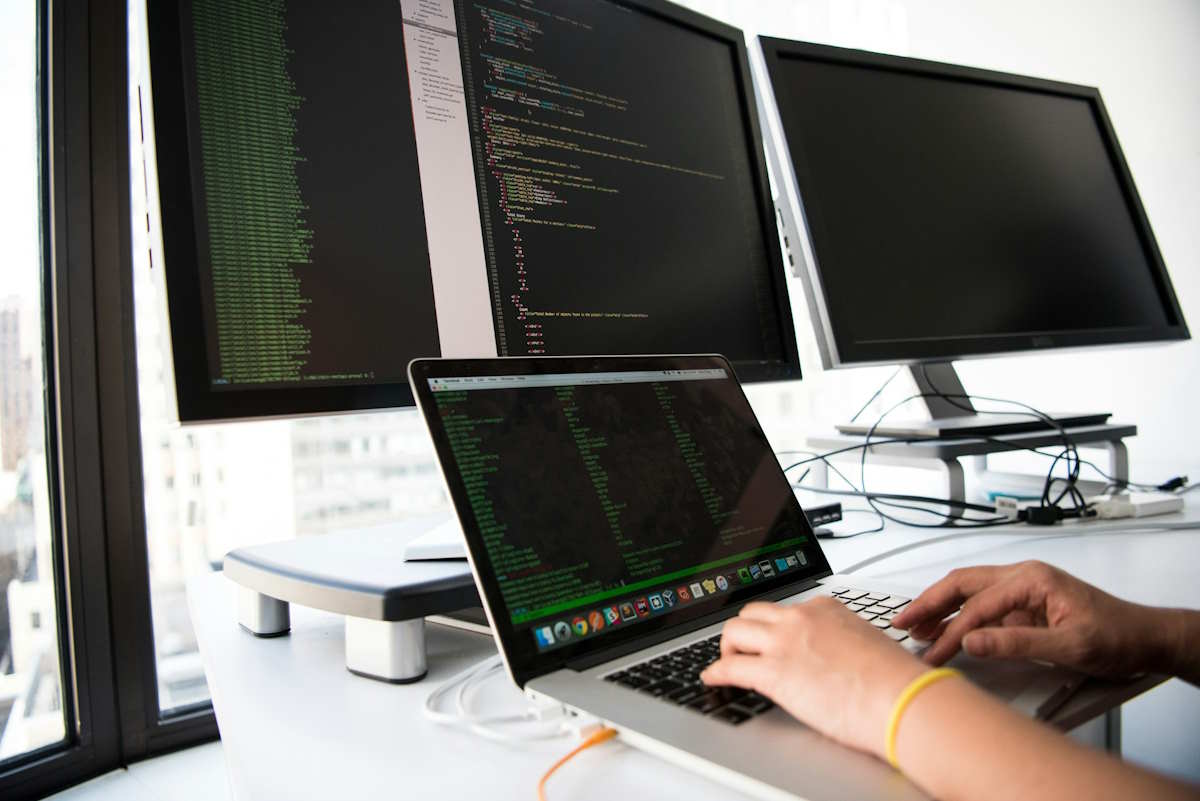
How to Pick the Right Reverse Email Lookup Tool
Given below are some vital factors to keep in mind when choosing the right reverse email lookup tool:
Database Quality and Size: Make sure the tool is regularly updated to maintain the right quality and size of database for keeping accurate information.
Convenience: The tool must have an intuitive interface with a simple process that’s easy to access by users of different technical levels.
Security and Privacy: Pick a tool with improved user privacy while maintaining robust security measures. This helps in protecting the data with ease.
Find Out Client Reviews: Go for the tools with better user reviews. This helps you find out the track record of the selected tool in the industry.
Budget: While many tools are free of cost, some may need subscription. It is best to consider your budget with the right features as per your requirements.
Conclusion
Today, digital interactions have become vital in our day to day lives. However, protecting online reputation is vital in the digital world. For that, choose reverse email lookup tools for enhancing your digital security with the help of their advanced features. Reverse email lookup tools help in recognizing phishing scams, protect personal data, uncover fraud, as well as manage your online reputation.
Since the reverse email lookup tools are robust, these are just a part of the overall digital security strategy. So, you need to combine them with other best practices, like enabling two-factor authentication, using strong passwords, and being aware of cyber threats. All this helps in forming a resilient defense against the online risks in the ever-evolving digital landscape.


